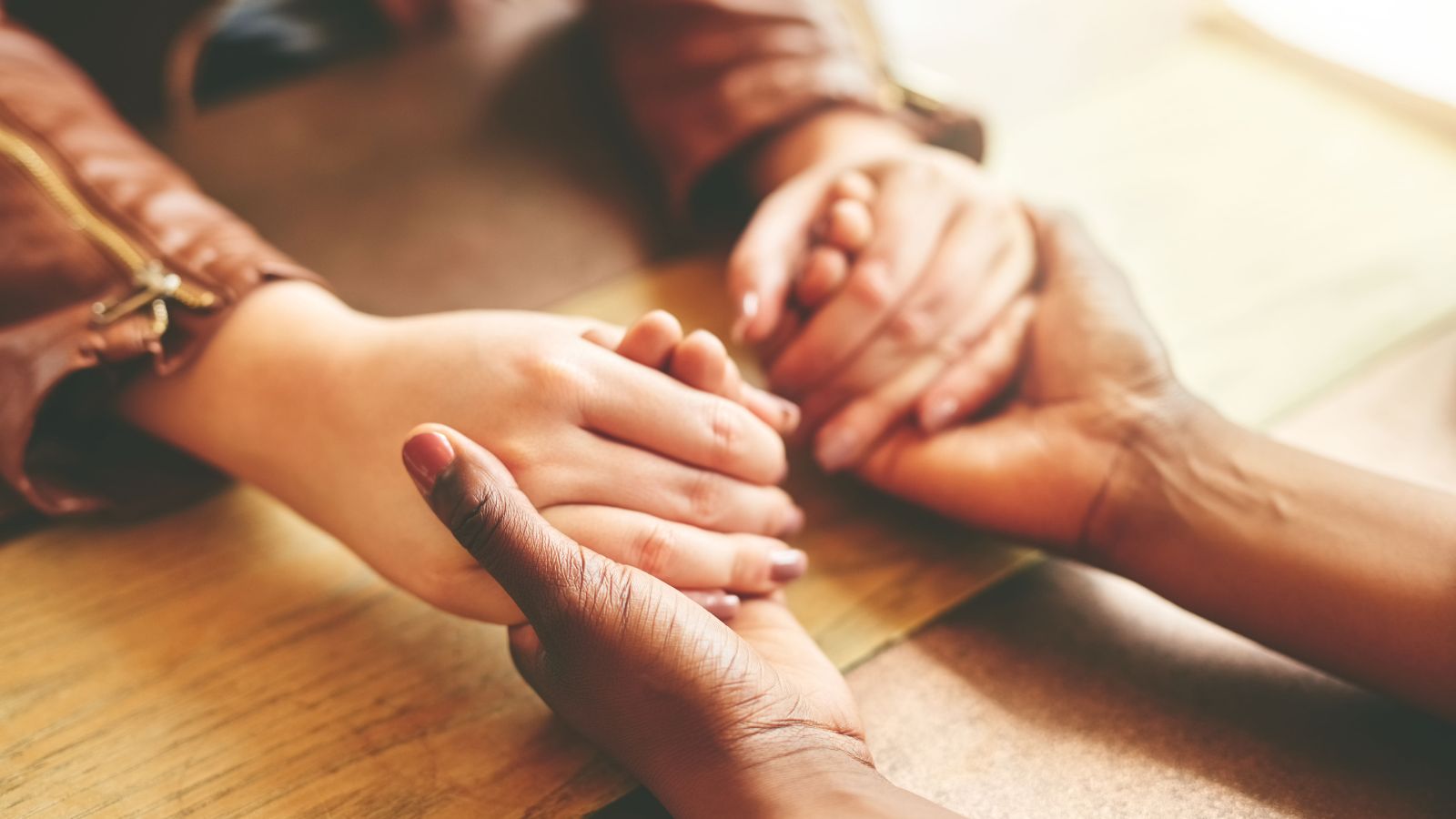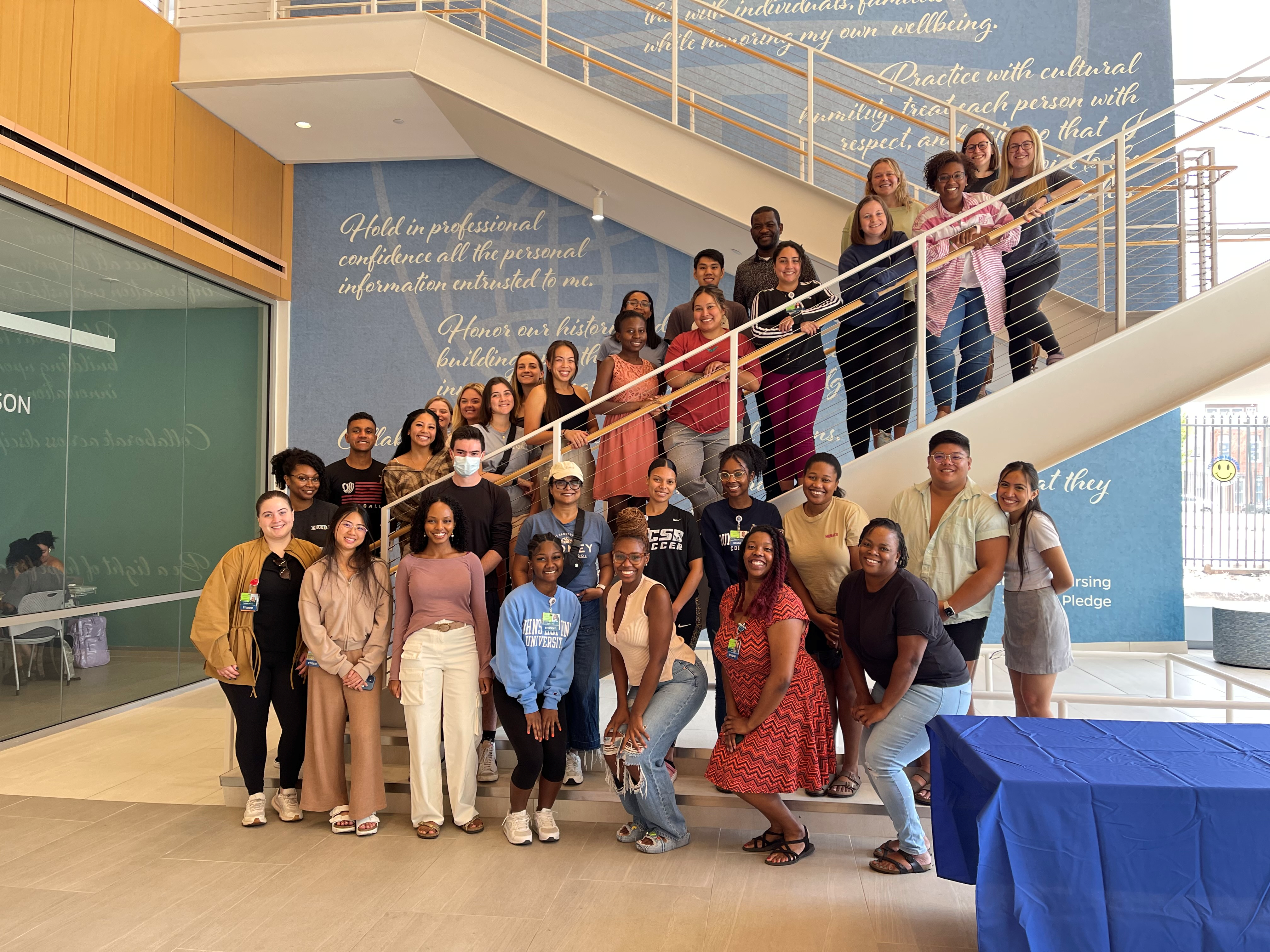By: Lucine Francis, PhD, RN
When the first COVID-19 case was confirmed in Maryland, I clutched my laptop, waiting for the day Governor Larry Hogan would announce these words: schools are closed. A week after his announcement, anxiety rushed in. Not because of work or learning needs for my own children (in kindergarten and second grade) but because school closures will have a significantly different impact on the health, education, and well-being of our neediest Baltimore City families. I felt helpless.
In Baltimore City, approximately 37 percent of children under age 18 live below the poverty level. Many of Baltimore’s school-aged children attend Title I public schools—schools that serve children from poor and disadvantaged families, often providing free meals and enhanced educational resources. Students may have well-functioning families faced with an unexpected crisis (such as COVID-19), or households that struggle with poverty, chronic health or mental health conditions, or food insecurity. Their school is a safe place to learn, eat a balanced meal, and build community, but when students cannot physically come to school, families find themselves in a conundrum while schools scramble to find ways to connect with children virtually.
There is only one problem: significant barriers persist in Baltimore City students’ ability to access virtual learning.
According to the National Center for Education Statistics, access to a desktop, laptop, or notebook was lowest among 3 to 18 year olds living in households with low-income, lower-educated parents, and among racial or ethnic minorities. So even if schools created a strong virtual learning system, disparities on the receiving end—students and families who do not have consistent access to a computer or the internet—would stifle the school’s efforts.
What does this look like? Like a lack of access for the children of families already experiencing housing instability, for children of families facing uncertainty after loss of employment due to COVID-19, for children of parents with lower-paid but essential employment, like grocers, childcare workers, or nursing assistants. Then there are the single parents who have to balance their child’s virtual education with working from home and parents who are students themselves and balance their own distance education with their child’s. Not to mention children who are distracted because they are hungry or who live in disorganized homes and may lack the structure that virtual learning demands.
Nevertheless, Baltimore is resilient, and we are on the move!
At the Johns Hopkins School of Nursing, the Center for Community Innovation and Scholarship is here to help. At Henderson Hopkins (our community partner), each child has been given a laptop with the support of Johns Hopkins University. We provide information to school leadership that may help overcome the digital divide. We also have an “Ask a Nurse Program,” where Henderson Hopkins families can call or email our community health nurses and ask questions related to their health and social needs. We recognize that our efforts, albeit continually evolving based on need, will not fix the more significant issues of access, educational, and digital disparities. However, as nurses, we must try.
Here are some ways you can help:
Connect
- Connect with students in our midst who have children and in need of assistance and support. Be sure that they have additional equipment needed for their child’s online learning.
- Connect with your local school, assess needs, and identify opportunities to serve
- Connect with SOURCE. SOURCE is sending out two editions of the Scoop each week (subscribe by emailing [email protected] with “subscribe” in the subject line, and make note of your SON affiliation). They are also posting updates via our social media channels @JHUSOURCE.
Volunteer
- Volunteer to distribute food and educational packets at City Schools
- Provide free virtual tutoring to Baltimore City students
Donate
- Donate to City Schools in order to support their efforts during school closures
- Support United Way in their efforts to address social determinants of health.
Advocate
- Advocate for the purchase of laptop devices and broadband digital access for all of Baltimore City students. Collaborate with foundations, utilities to make hotspots in homes where there are existing computers
- Write grants to support research on family engagement, child health, and educational disparities
Reflect
- Reflect on the health and educational disparities exposed due to COVID-19. We must highlight these issues in our curriculum and implement solution-oriented practices in our praxis.
- Reflect on how we can develop meaningful service-learning experiences for our students while providing much-needed services to children. Childcare and schools are essential training grounds for nursing students in community health, public health, and Pediatrics.
This blog is a part of the “Dialogues in Health Equity” series by the Health Equity Faculty Interest Group. They are committed to decreasing health disparities experienced by local and global communities by promoting social justice and health equity through nursing practice, research, education, and service.
Resources you can use:
- Baltimore City Public Schools Health Updates
- Maryland Public Schools
- Maryland Families Engage
- United Way COVID-19 Community Fund
ABOUT THE AUTHOR:
 Lucine Francis, PhD, RN is a public health nurse and researcher focused on identifying ways children from vulnerable communities are provided with the best environment to ensure their health and well-being. Currently, Dr. Francis seeks to understand the role of early care and education settings in child health and early learning.
Lucine Francis, PhD, RN is a public health nurse and researcher focused on identifying ways children from vulnerable communities are provided with the best environment to ensure their health and well-being. Currently, Dr. Francis seeks to understand the role of early care and education settings in child health and early learning.

 You’re Welcome
You’re Welcome My First Teachers in Nursing School Weren’t Nurses
My First Teachers in Nursing School Weren’t Nurses Awards for Diversity
Awards for Diversity The Learning Collaborative: ‘I Think I Can, I Think I Can …’
The Learning Collaborative: ‘I Think I Can, I Think I Can …’ Remembering Carol Gray, First Dean of JHSON
Remembering Carol Gray, First Dean of JHSON







